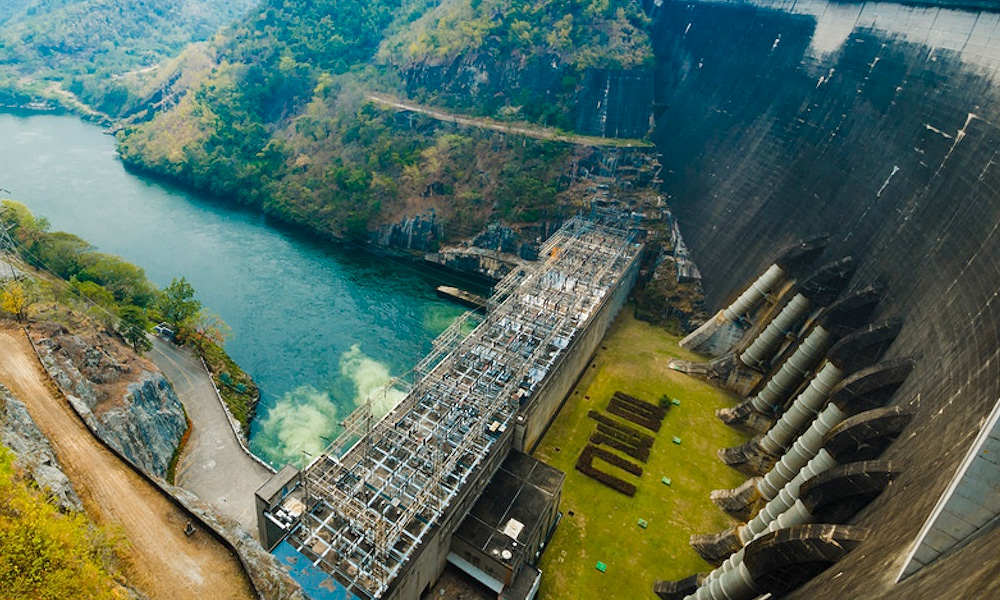Financing Development and Development Finance Along the Mekong and Ayeyarwaddy
Capital markets and financialization now drive contemporary dam development, with serious environmental and social risks and economic consequences for developing countries. This was the argument made by Dr. Pon Souvannaseng (Post-Doctoral Research Associate, Global Development Institute, University of Manchester) at the NY Southeast Asia Research Network and Weatherhead Institute-sponsored event at Columbia University. This presentation gave an overview of changes in the international development finance landscape overtime and what the speaker called the ‘perils and pitfalls’ of new financing regimes for developing country borrowers.
Click here to download the podcast as an MP3 file and listen.
Capital markets and financialization now drive contemporary dam development, with serious environmental and social risks and economic consequences for developing countries. This was the argument made by Dr. Pon Souvannaseng at the NY Southeast Asia Research Network and Weatherhead Institute-sponsored event at Columbia University. This presentation gave an overview of changes in the international development finance landscape overtime and what the speaker called the ‘perils and pitfalls’ of new financing regimes for developing country borrowers. Dr. Souvannaseng highlighted changes in terms and modalities of access to development financing for large infrastructure projects from the perspective of least and latecomer developing countries. She drew on over 15 months of original Fulbright-funded fieldwork in Lao PDR with insights drawn from further original research in West and East Africa and Myanmar. Focusing on the hydro-energy sector, Dr. Souvannaseng argued that post-colonial large-scale dams originally seen as economic inputs which would provide the basis for national industrial development, which Jawaharlal Nehru once referred to as ‘temples of modernity,’ have instead in the contemporary period, become legally engineered ‘portals of finance’ and are treated as speculative returns-bearing assets by lenders rather than as state-owned public goods. She emphasized and discussed the serious risks and implications for borrowing country balance sheets, public safety, and developmental outcomes of new financing regimes. Dr. Souvannaseng gave an in-depth discussion of different financing models and the geopolitical economies driving sources and modes of finance, as well as their consequences for host countries, before turning to original interview-based insights to shed light on how and why borrowing country governments have taken on new practices and asymmetric terms of lending. She emphasized the role of old multilateral development actors in new roles and new actors in old development lending roles, as well as the significance of national historical and institutional trajectories in determining the form and politics of infrastructure investment, arguing that ‘money is not stateless’ and that there is variation in forms and motives of international infrastructure capital.
Finally, she discussed some of the reasons why there has been dissipation in the strength and volume of civil society actors in countering dam development, particularly the evolution in sophistication of the technologies of the state deployed to quell protest, transnational state-to-state and business alliances in countering protest, as well as the difficulties in mobilizing civic actors against abstract ‘finance’ as Northern OECD pension-funds continue to be directly linked to the returns generated by dam development towards funding OECD retirement gaps




